Respiratory Rate Monitor Clinical Validation Testing
Transform your respiratory monitoring innovations into market-ready solutions through proven clinical validation. Our respiratory rate monitor testing delivers comprehensive data packages with 100Hz precision and EtCO2 reference validation, accelerating regulatory approval while our consultative experts guide you through complex requirements. We handle everything, maintaining your development momentum.

What is Respiratory Rate Monitor Clinical Validation Testing at Element?
Clinical validation testing verifies respiratory monitoring device accuracy in human subjects under controlled conditions. Testing evaluates performance across breathing rates from 5-50 breaths per minute, providing medical device manufacturers and technology companies with the precise data needed for regulatory compliance. Simulators may not be used to evaluate accuracy in respiratory rate monitoring devices, as human testing is essential for accurate validation.

What Can Element Offer You For Respiratory Rate Monitor Clinical Validation Testing?
Products we test
Products we test
At Element, we monitor validation spans critical care equipment, medical-grade monitors, wearable sensors, and smart devices integrated into healthcare settings. Each device undergoes rigorous testing across varied demographics and conditions, from routine health physicals to surgery and critical care environments. Our testing validates both standalone monitors and integrated respiratory monitoring systems.
Key tests offered
Key tests offered
We evaluate respiratory rate accuracy in controlled conditions across breathing rates typically from 5-50 breaths per minute, significantly outside the normal resting respiratory rate of around 12-16 breaths per minute. Respiratory rates will be measured simultaneously with an EtCO2 reference device and the sponsor device being tested. Our approach tests for accuracy in both healthy populations and patients with various comorbidities.
Methods and solutions offered
Methods and solutions offered
Element handles the entire validation process, including protocol design, IRB submission, participant recruitment and payment, study execution, data analysis, and regulatory-ready data packages.
We evaluate respiratory rate accuracy in controlled conditions across a range of rates (typically 5-50 breaths per minute) and diverse demographics, including individuals with COPD, asthma, and healthy volunteers of various ages, body types, and pigmentation. Data is collected at 100Hz, with scored waveforms and raw data provided upon request.
Cutting edge equipment
Cutting edge equipment
Our facilities utilize advanced respiratory monitoring reference equipment including precision EtCO2 monitors as validation references. We employ high-resolution data acquisition systems that collect data at 100Hz, ensuring the detailed waveform analysis required for regulatory submissions. Our equipment allows for simultaneous measurement with both reference and test devices across variable respiratory rates and conditions.
Which labs offer this service
Which labs offer this service
Element Boulder specializes in clinical validation testing for medical devices and wearables. For more than three decades, we have proudly served as the premier clinical testing and regulatory validation partner to the medical device, wearables and consumer electronic industries. Regulatory expertise support
Get strategic guidance through FDA and international requirements from our consultative experts. We help interpret complex study parameters and develop effective validation protocols for successful submissions, drawing on our substantial expertise in physiological monitoring across our network of associate hospitals.
Standards we test to and products we test
Study parameters and regulatory requirements for respiratory rate monitor clinical validation testing can be difficult to interpret. For more than three decades, our consultative experts have helped innovators successfully navigate complex regulatory requirements and will support and guide you from protocol development to the development of regulatory ready reports. We follow all current FDA guidance and international standards for respiratory monitoring device validation, ensuring your submissions meet the latest requirements.
Medical monitoring devices
- Critical care respiratory monitors
- Surgery monitoring systems
- Clinical respiratory rate devices
- Patient monitoring equipment
Consumer health technology
- Smart watches with respiratory tracking
- Fitness monitoring devices
- Integrated sensor systems
- Remote monitoring solutions
Your Challenges, Our Solutions
Complex validation
Managing testing program
Diverse testing needs
Data precision requirements
Why Choose Element

Complete validation partnership
Proven regulatory expertise
Comprehensive clinical validation testing
Comprehensive data packages
Related services
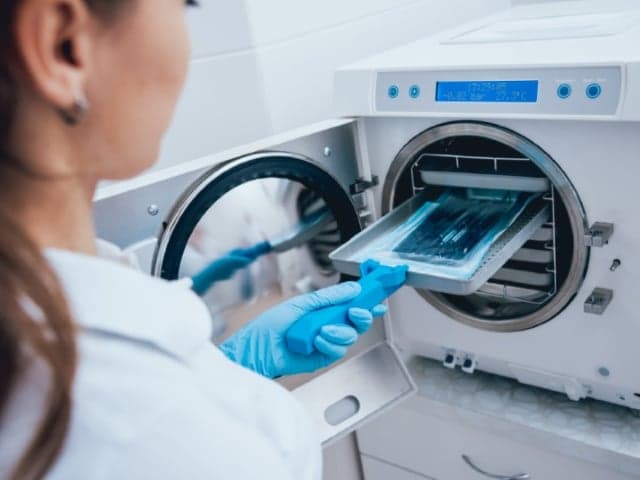
Reusable Medical Device Life Cycle Validation
Comprehensive life cycle validation for reusable medical devices. Supporting compliance, patient safety, and regulatory approval through expert testing and risk mitigation.
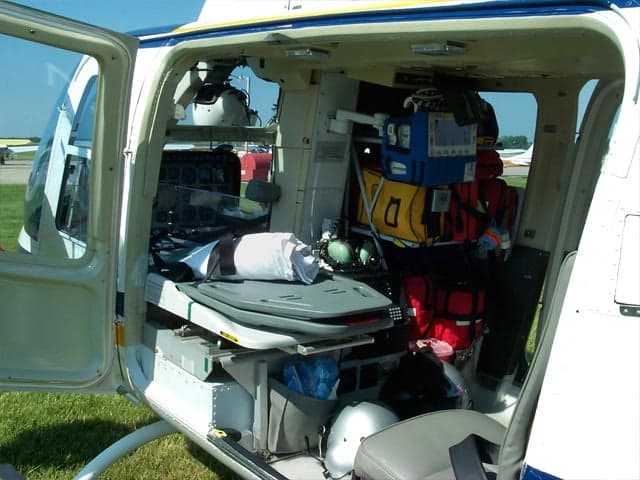
Medical Device EMC Testing
Element provides EMC testing and certification for Class I-III medical devices, helping manufacturers meet global regulatory standards and accelerate market entry with expert guidance and accredited laboratories.

Clinical Validation Testing
Element delivers comprehensive clinical validation testing for medical devices and wearables, managing study design, recruitment, testing, and data analysis. Our complete solutions help overcome regulatory challenges and accelerate product development.
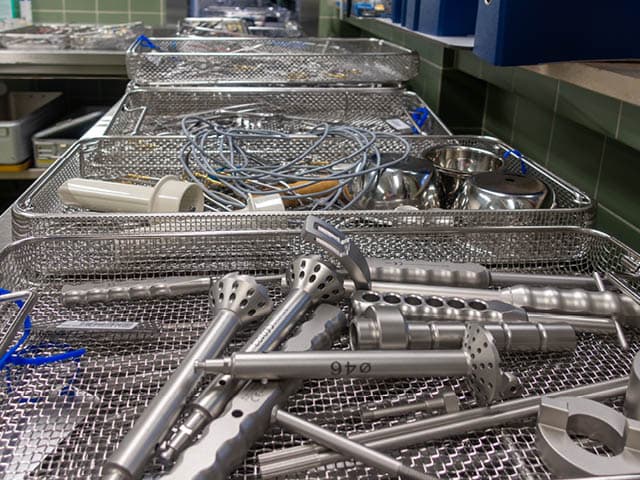
Reusable Medical Device Reprocessing and Testing (GLP Compliant) services
Element's expert validation services for reusable medical devices ensure your equipment is GLP compliant, protecting your staff and your patients.
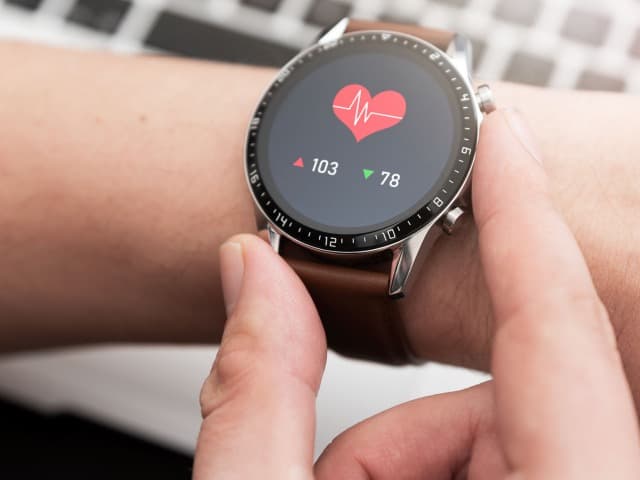
Heart Rate Monitor Device Validation
Element provides clinical validation testing for heart rate monitors using human and simulator data, meeting regulatory standards while delivering accurate performance. Their expert guidance addresses key accuracy challenges.

Human Factors and Usability Testing
Element's human factors and usability testing simulates real-world device use to reveal user errors and optimize performance. The service supports FDA guidelines and enhances overall device safety and effectiveness.
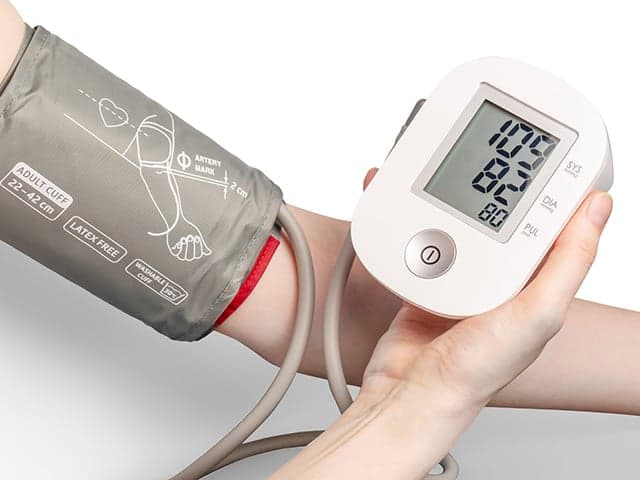
Blood Pressure Monitor Clinical Validation Testing
Element provides comprehensive blood pressure monitor clinical validation testing—from protocol design and participant recruitment to data analysis—leveraging invasive and non-invasive methods to overcome regulatory challenges and deliver precise device performance.

Pulse Oximeter Validation Testing
Element's pulse oximeter clinical validation service provides comprehensive human testing that delivers real-world, high-quality data to support regulatory submissions and significantly optimize device performance across diverse clinical settings with precision.
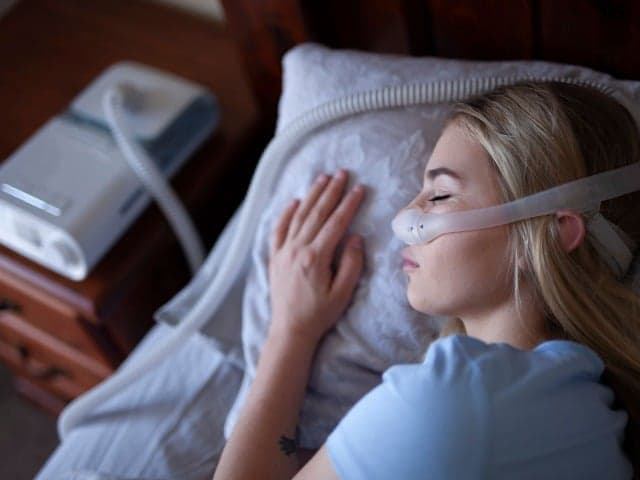
Sleep Monitoring Device Validation
Element provides clinical validation testing for sleep monitoring devices, supporting regulatory submissions and optimising device safety through expert-led data analysis and participant studies.
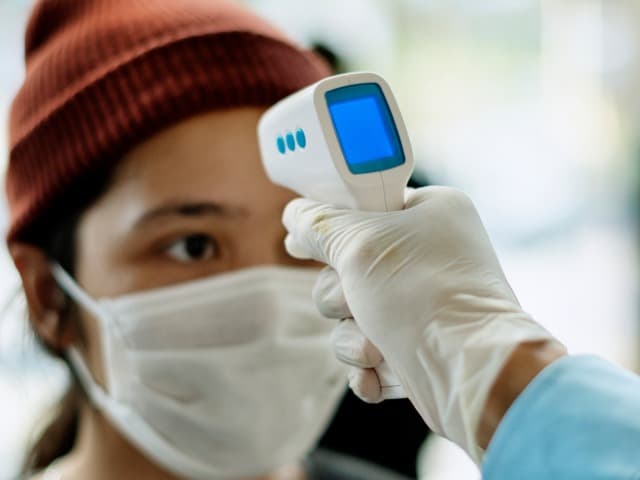
Temperature Monitoring Device Clinical Validation Testing
Element offers expert clinical validation testing for temperature monitoring devices, supporting regulatory requirements and fast-tracking your product to market with comprehensive study management.
- Reusable Medical Device Life Cycle Validation
- Medical Device EMC Testing
- Clinical Validation Testing
- Reusable Medical Device Reprocessing and Testing (GLP Compliant) services
- Heart Rate Monitor Device Validation
- Human Factors and Usability Testing
- Blood Pressure Monitor Clinical Validation Testing
- Pulse Oximeter Validation Testing
- Sleep Monitoring Device Validation
- Temperature Monitoring Device Clinical Validation Testing
